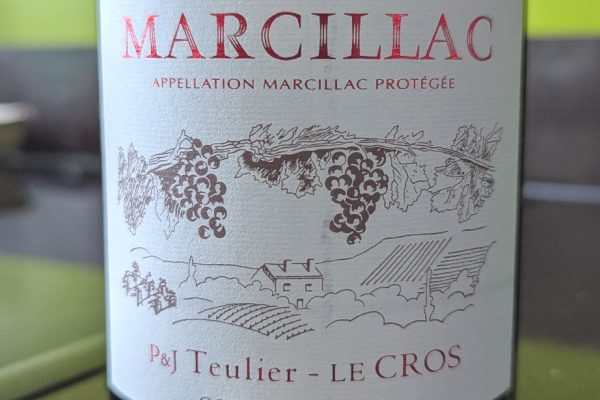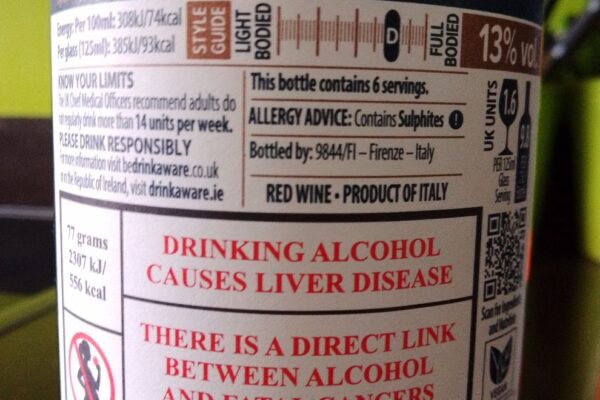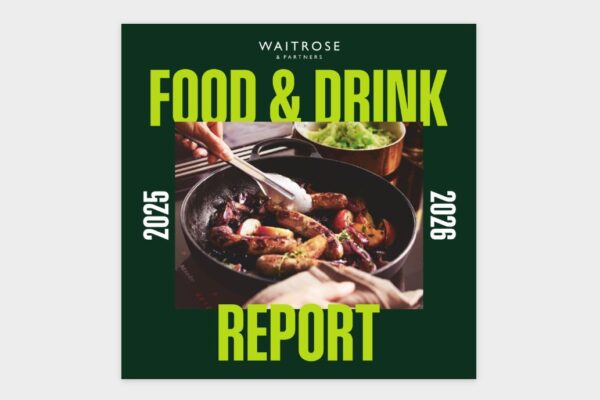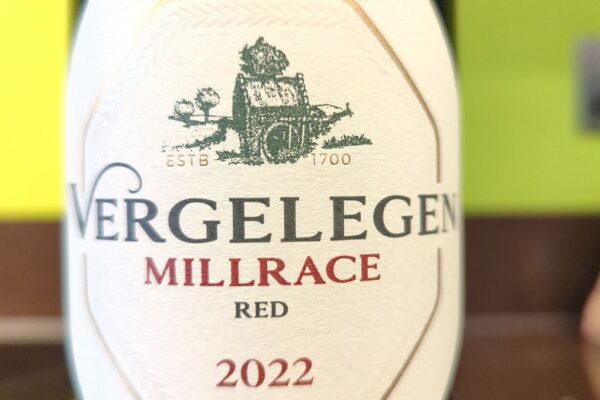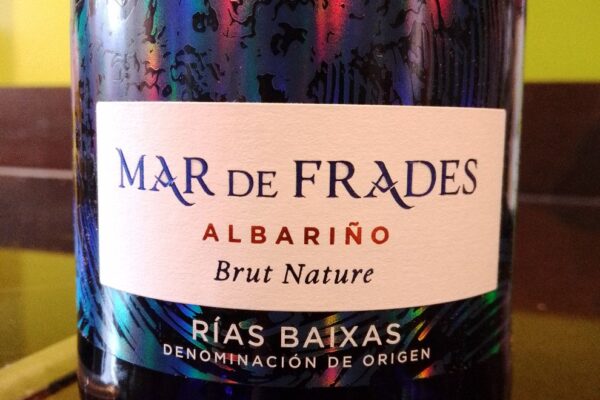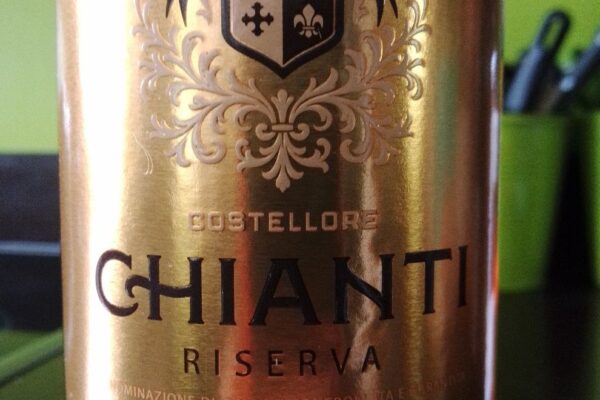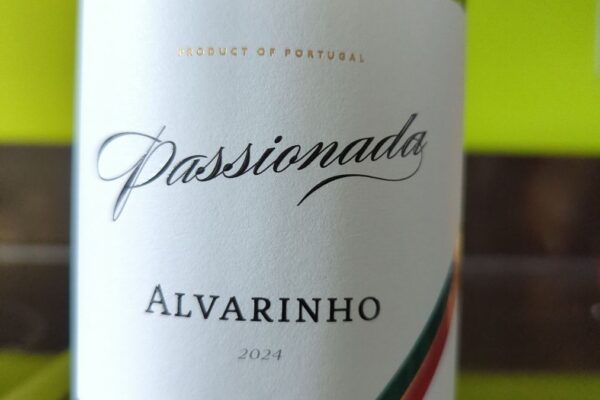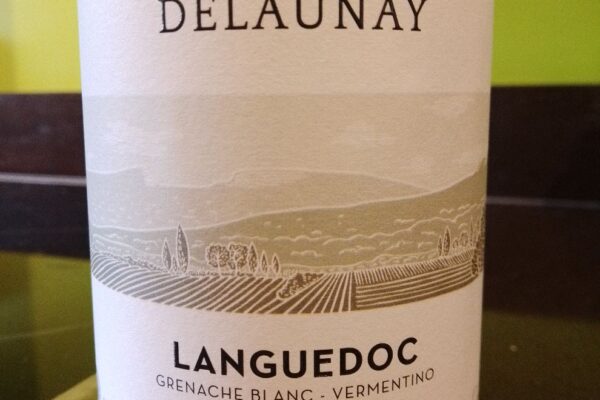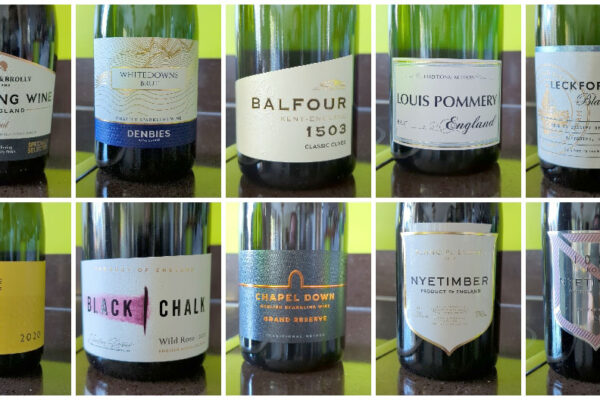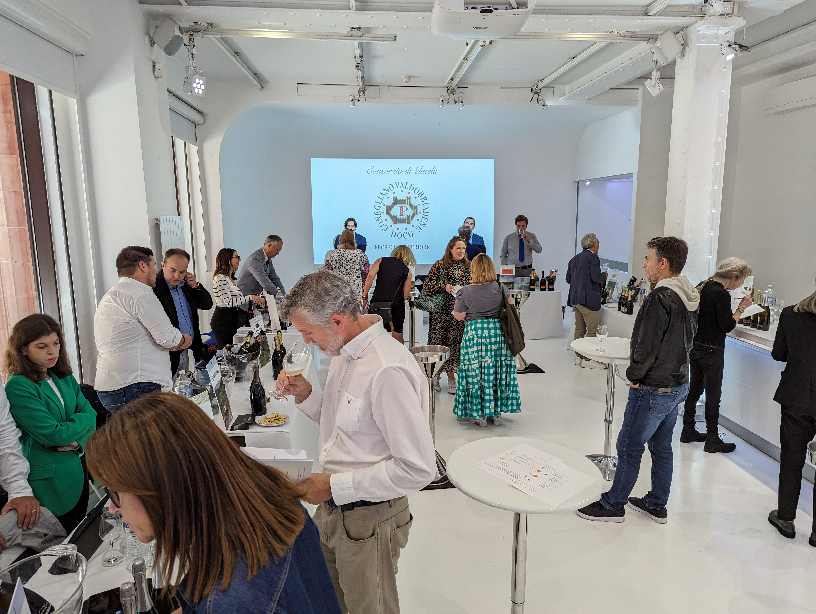
On Tuesday 10th October I attended the Conegliano Valdobbiadene DOCG Prosecco Trade & Media tasting.
The Conegliano Valdobbiadene Prosecco Superiore DOCG region lies near Venice, in the foothills of the pre-alps. This small area is known for its steep vineyards, which are primarily tended by hand due to the challenging terrain. These labour-intensive practices have entrenched a tradition of high-quality production, albeit at a lower output compared to the larger and flatter DOC region.
The distinction in quality between DOCG and non-DOCG Prosecco is, in part, a product of the geographical and logistical challenges posed by the hilly Conegliano Valdobbiadene region. The elevated production costs in this region foster the artisanal creation of wines of distinction.
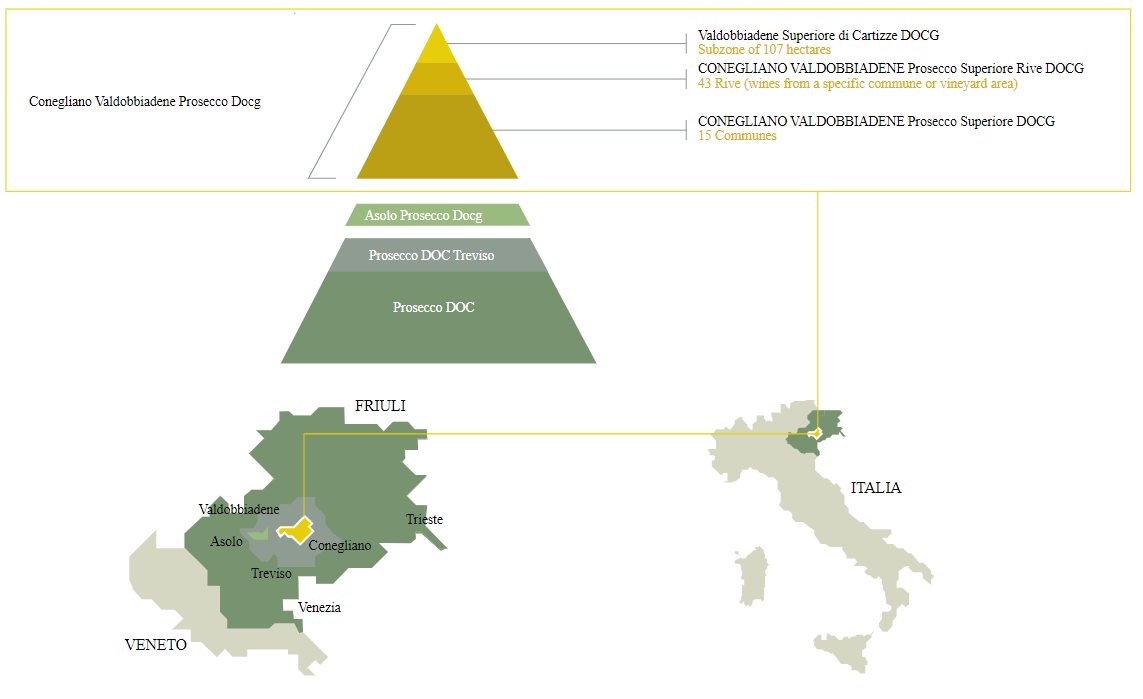
The tasting included wines from fifteen producers, Bianca Vigna, Bival, Bortolin Angelo, Fratelli Bortolin, Bortolomiol, Bortolotti, Bottega, Ca’ Dei Falchi, Gemin, Montesel, Perlage, Santa Margherita, Sorelle Bronca, Val D’Oca and Valdellövo.
The United Kingdom currently accounts for about 23% of the exported bottles of Prosecco with DOCG Prosecco constituting only about 10% of this. While the non-DOCG variant sees a significant 70% being shipped abroad, only 40% of DOCG Prosecco is exported from Italy. Conegliano Valdobbiadene DOCG is under-represented in the UK and, this tasting was, in part, aiming to raise the profile of premium Prosecco in the UK.
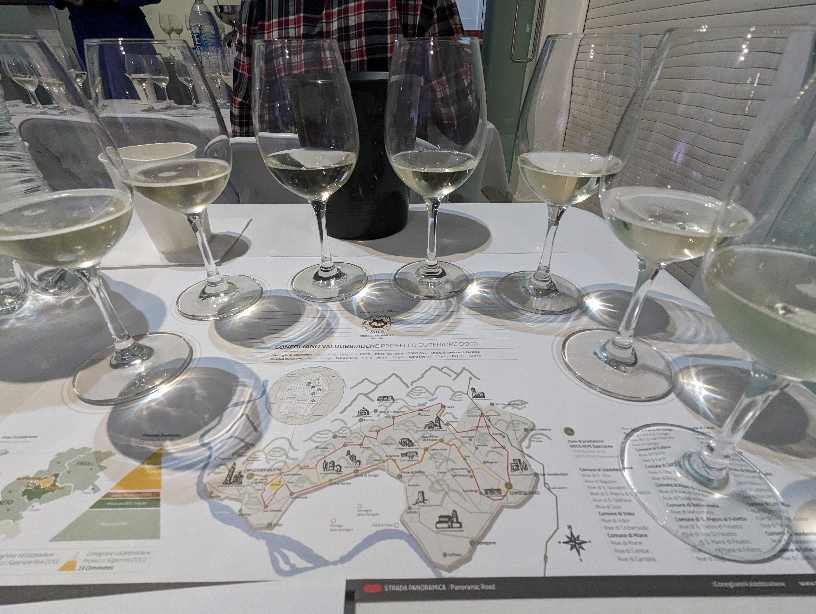
The knowledgeable Sarah Abbott MW gave a masterclass covering the range of styles and sweetness including Sui Lieviti, Extra Brut, Brut, Extra Dry and Dry.
Prosecco’s uniqueness partly lies in its production process. Predominantly crafted from Glera grapes (at least 85%), its sparkling nature is achieved through a second fermentation. Typically, this occurs in large tanks, called autoclaves, via the Charmat Method, or as Italians prefer, the Martinotti Method, named after the Italian who pioneered it before its refinement and patenting by Frenchman Eugène Charmat. This method requires that the fermentation takes place in an autoclave under controlled temperature and pressure conditions periods. This is different to other sparkling wines like Champagne, where second fermentation occurs in individual bottles.

However, some adventurous producers in the region are embracing the classical method, although it remains a rare practice. This unique style of Prosecco, known as Sui Lieviti or ‘on the lees’, mirrors the French Sur Lie, exhibiting a yeasty, buttery character. Due to the absence of disgorging, yeasts continue working on the sugars, resulting in a brut natural wine with minimal residual sugar. This method of crafting Prosecco revisits an original, historical technique that is being embraced anew today.
An evolution in branding is also underway within the DOCG, with a few producers choosing to omit the word ‘Prosecco’ from their labels, instead favouring ‘Valdobbiadene’ to underline their superior quality and distinctiveness.
I concentrated on sampling wines already sold in the UK rather than those seeking representation. Here are the wines I tried:
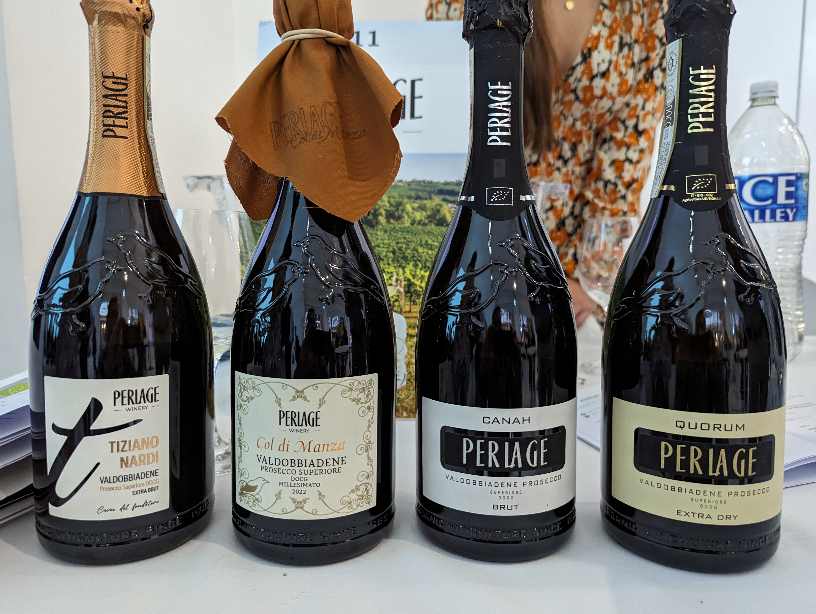
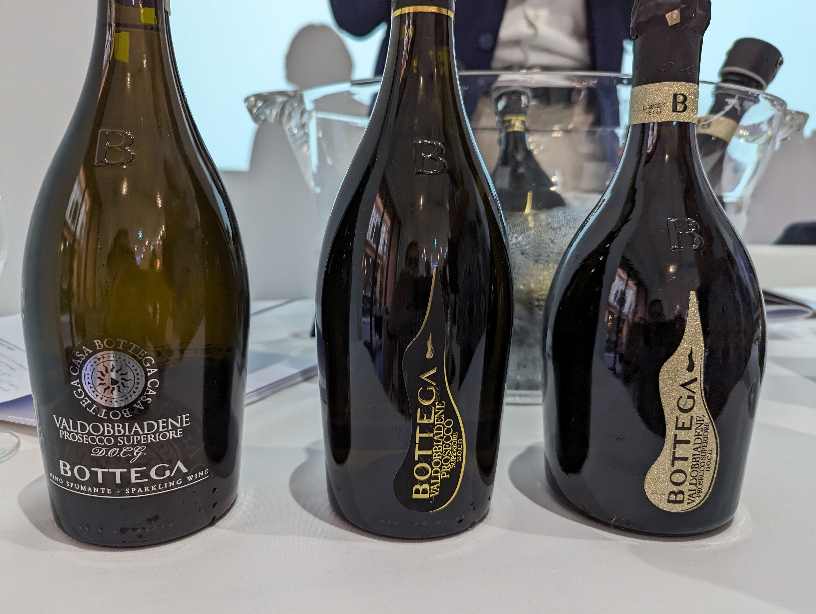
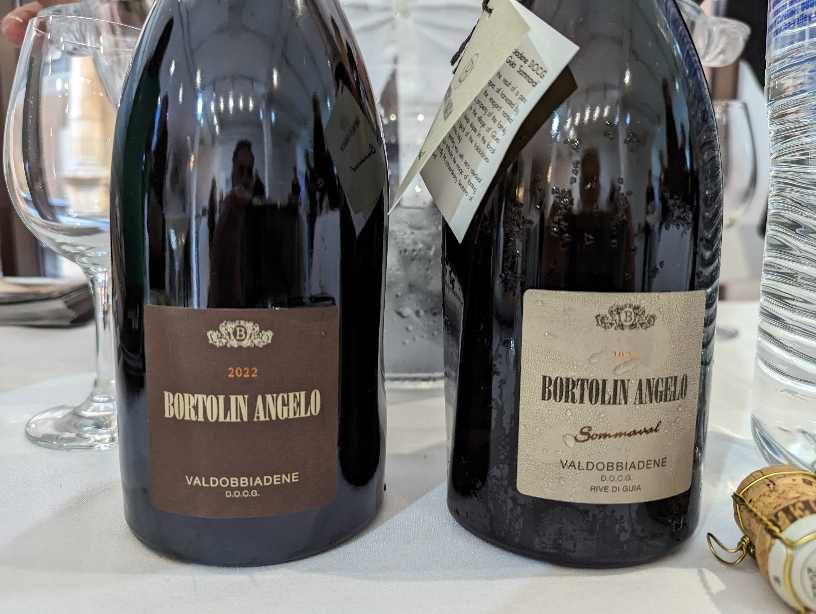
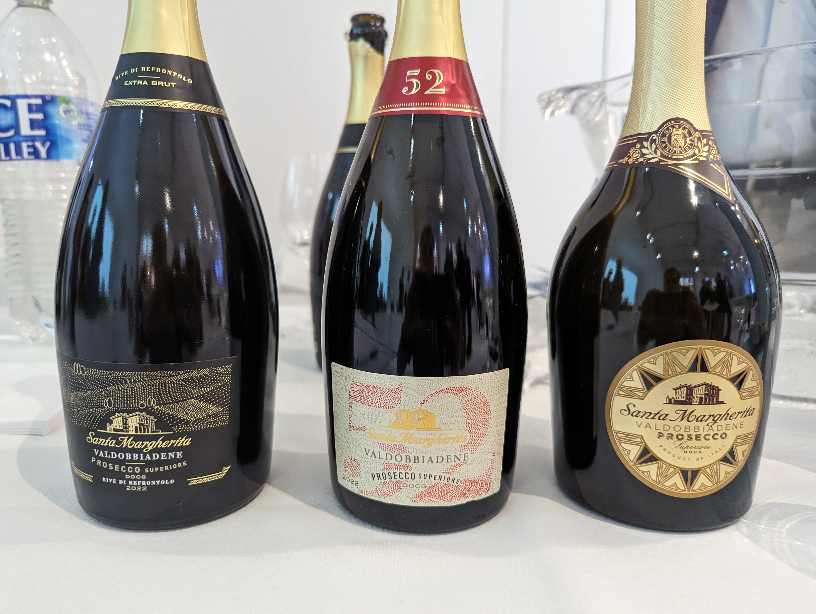
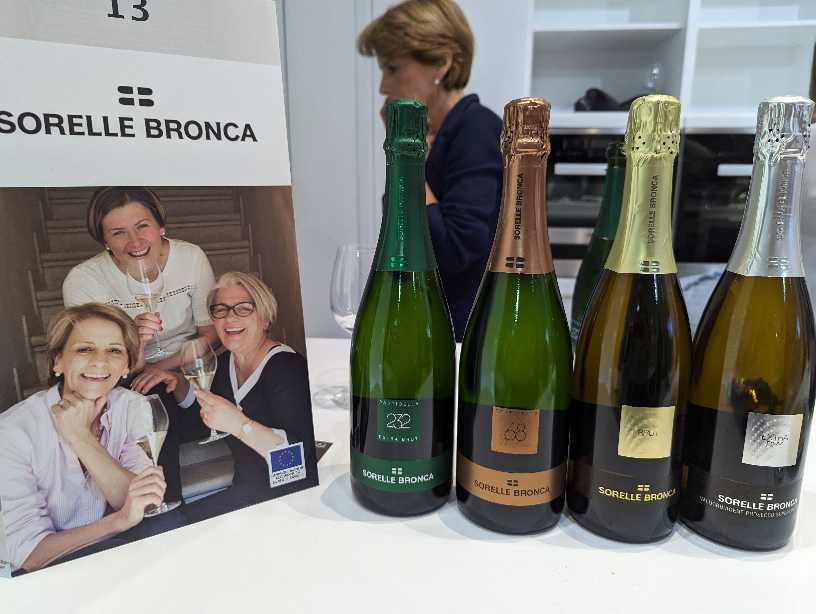
For premium Prosecco, the mousse works to reveal the taste rather than being the main event itself. Conegliano Valdobbiadene Prosecco Superiore DOCG boasts a richer texture, exuding a more perfumed aroma reminiscent of real peach as opposed to the seemingly artificial peach flavour often found in DOC Prosecco. The flavour also usually comes with greater floral notes, offering a good length that usually extends beyond what its DOC counterpart can provide.
Stockists
Perlage – Imported and sold online by Savage Vines, also at Prosecco World.
Bottega – Imported by Matthew Clarke and Bibendum, sold by Ocado and Majestic.
Bortolin Angelo – Imported and sold by Jeroboams.
Santa Margherita – Imported by Matthew Clarke. Widely available from wine merchants.
Sorelle Bronca – Imported by Indigo Wine. Sold by Vinatis and Outpour.
The next time you decide on Prosecco, or indeed any sparkling wine, look to see if there’s a Valdobbiadene you can try. With many non-DOCG Proseccos creeping up considerably in price, you might like to consider Prosecco Valdobbiadene DOCG for enhanced quality and taste.
The same day of the tasting I happened to come across Prosecco House, a specialist wine bar near Tower Bridge, specialising in DOCG Prosecco. They offer 28 types of premium Prosecco including exclusively from Marchiori, Rivalta, Cirotto, TASI Bio and Andreola wineries.
Update July 2024: I have participated in many tastings over the intervening period, including those held by supermarkets. In these tastings, I encountered many Valdobbiadene DOCG Prosecco. Generally, I found that the Prosecco DOCG available in UK supermarkets was not as good as those I experienced during the Conegliano Valdobbiadene DOCG Prosecco Tasting. In fact, the supermarket offerings were often more akin to ordinary DOC Prosecco, and sometimes they were actually worse. However, there were two exceptions: the Co-op’s Carpenè-Malvolti Conegliano Valdobbiadene Prosecco Superiore and Waitrose’s Valdo Elevantum Valdobbiadene Prosecco Superiore stood out for their quality.




